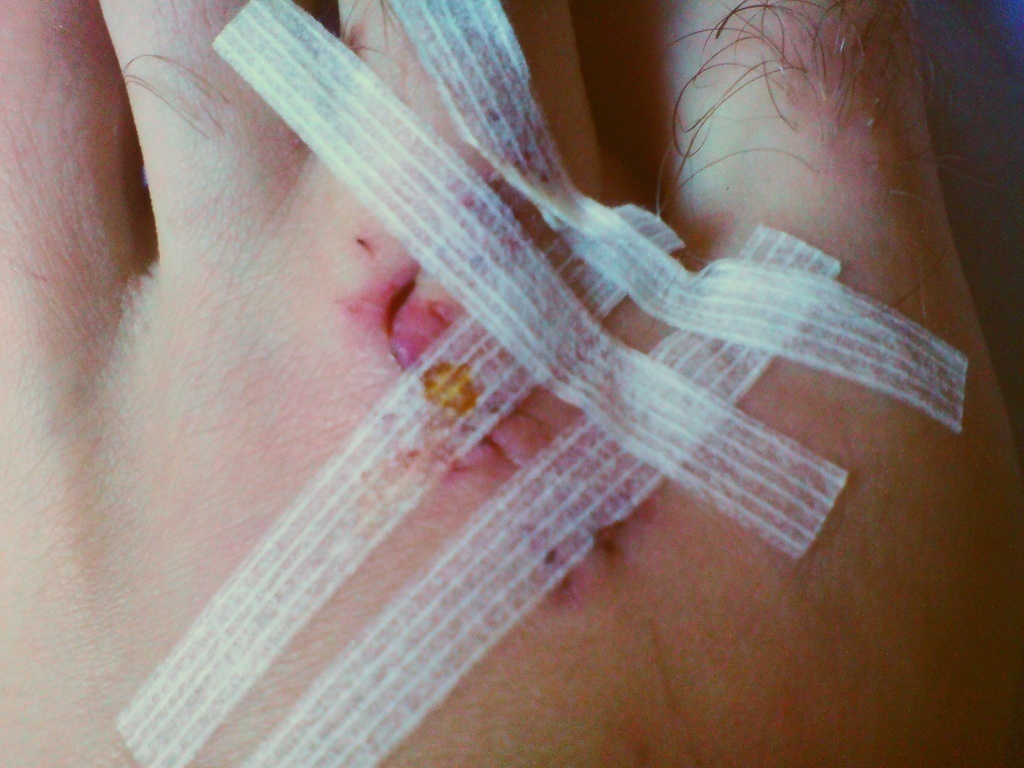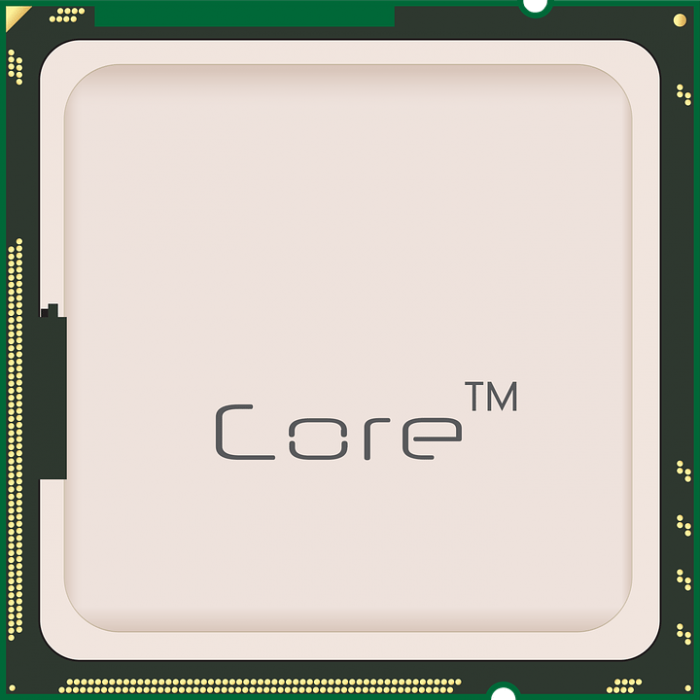
Most wounds that require surgeries are done with stitches or staples employed to hold the wound shut. However, two new medical technologies have developed techniques to heal wounds without the use of either staples or sutures. A new medical device created through a joint project done by the University of Sydney and several American universities enables a wound to be quickly closed using a form of surgical glue, and researchers at Ohio State University have used nanotechnology to convert skin cells into the cells needed to heal damaged tissue.
60-Second Wound Sealing
The sealing device is referred to as MeTro, and the surgical glue has highly elastic properties which enable it to be used to seal wounds that are typically at the risk of reopening. Such wounds would include wounds on tissue that continually relaxes and expands, such as lung tissue. The term MeTro is derived from “methacryloyl-substituted tropoelastin”, a protein created out of the fibers that make up human tissue, known for its elasticity.
MeTro is the result of a collaboration between the University of Sydney’s Charles Perkins Centre and Faculty of Science, the Wyss Institute for Biologically Inspired Engineering at Harvard University, Northeastern University in Boston, and the Beth Israel Deaconess Medical Center (BIDMC) also in Boston. The researchers say that the material can also be applied to internal wounds which are frequently hard to treat, not only because of internal injuries often hard to reach but sealants have limited effect due to body fluids interfering with them, so most of these wounds usually require sutures or staples.
By contrast, MeTRo can be applied relatively quickly and when cured with UV light sets in just under a minute. MeTro also has a degrading enzyme built into it which can be tweaked depending on how long the seal is supposed to last, from just a few hours to several months.
Northeastern University Assistant Professor Nasim Annabi, one of the lead authors on the study along with Harvard University Professor Ali Khademhossein, successfully demonstrated that MeTro could be used to seal incisions in the lungs and arteries of rats and to repair the damage done to the lungs of pigs.
The Creation and Application of MeTro
Dr. Annabi explains that what you want out of a surgical sealant is for it to have a number of integral characteristics. It should be compatible with the body, elastic, non-toxic and adhesive. Most current sealants might have one or two of these properties, but Annabi says the team saw a need for a material that has all these characteristics and set out to create it.
Khademhosseini notes that MeTro appears to remain relatively stable over the periods of time needed for a wound to heal and that it degrades harmlessly without any toxic byproducts.
Says Khademhosseini:
It checks off all the boxes of a highly versatile and efficient surgical sealant with potential also beyond pulmonary and vascular suture and staple-less application.
Annabi explains that the amazing thing about MeTro is that as soon as it makes contact with tissue it begins to solidify from a liquid into a gel-like substance, which prevents it from leaving the area of the wound. Ultraviolet light is then applied to it which “crosslinks” the substance and allows it to bond very tightly and accurately with the surface of the tissue.
Anthony Weiss, Professor at the University of Sydney, says that the process reminds him of sealing kitchen tiles into place with silicone. Weiss is excited about the applications, seeing it as an excellent tool for saving lives after accidents, or for improving the efficiency of surgeries.
Weiss explains:
“The potential applications are powerful – from treating serious internal wounds at emergency sites such as following car accidents and in war zones, as well as improving hospital surgeries.”
While the compound has not yet been tested on people, that’s the next logical step. Weiss hopes MeTro will soon be being used in clinical trials around the world.
Converting Skin Cells to Heal Wounds
MeTro was not the only recent advancement in medical technology revolving around tissue treatment. Researchers at Ohio State University have recently managed to create a device that employs nanotechnology to convert skin into cells that will close a wound.
The new technology is dubbed Tissue Nanotransfection, and it can generate almost any type of cell needed to treat someone’s body. It does this by prompting skin cells to transform into the needed cells that will be used to repair injured tissue or employed to restore the function of aging cells.
The Director of Ohio State’s Center for Regenerative Medicine & Cell-Based Therapies, Dr. Chandan Sen, explains that skin is a “fertile land” for growing parts of organs that need restoring.

A chip will be touched to a person’s skin to start the cell transformation. Photo: sinisamaric1 via Pixabay, CC0
Daniel Gallego-Perez, assistant professor of biomedical engineering, says that Tissue Nanotransfection is made up of two different primary technologies. The first part of the technology is a chip containing “biological cargo”, the DNA necessary to convert the skin cells, which is delivered to the body and begins the process of converting adult cells of one type to cells of another type. The bio-cargo is than hit with a small electric charge that is barely even registered by the patient.
Sen says that approximately 90% of the time the nanotechnology effectively converts skin cells into elements of other organs with a simple touch to the skin. A doctor would just touch the chip containing the nanoparticles to your body, and the reprogramming of your cells would begin. Then you’re free to leave, without the chip needing to go with you. The nanoparticles monitor the cells of the body to ensure that the process is working correctly, so immune suppression isn’t needed either. Typically changes in the cells are observed within 7 days.
Professor of Chemical and Biomolecular Engineering at Ohio State’s College of Engineering, L. James Lee says that the concept is extremely simple but works very well. His lab is in the process of continuing research on the technology to refine and enhance it. Clinical trials on human patients are intended to start next year.
Both research projects will start clinical trials soon, and hopefully, these technologies will go on to save many lives.








